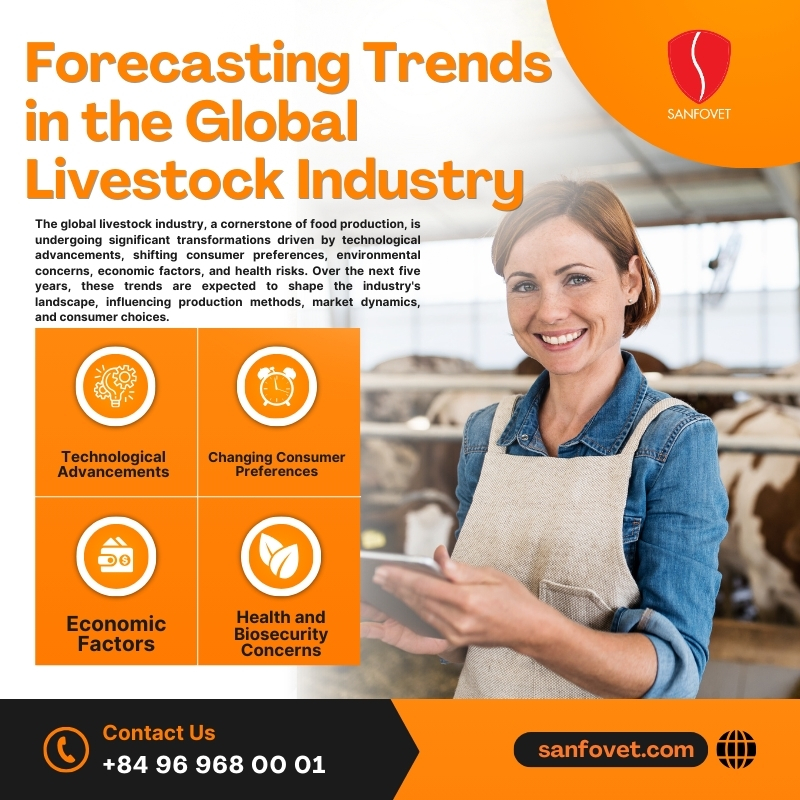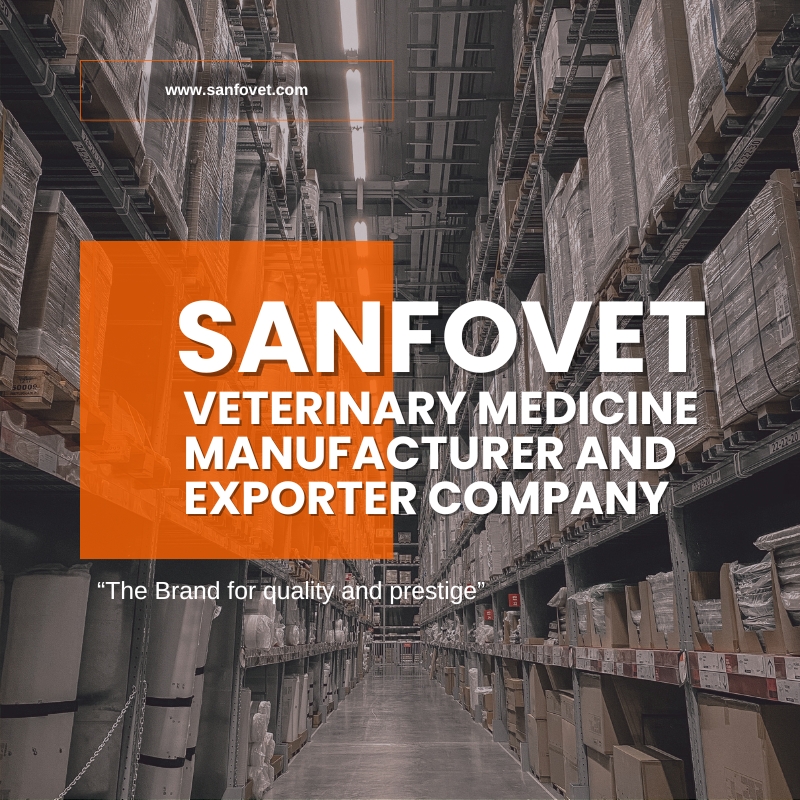The global livestock industry, a cornerstone of food production, is undergoing significant transformations driven by technological advancements, shifting consumer preferences, environmental concerns, economic factors, and health risks. Over the next five years, these trends are expected to shape the industry's landscape, influencing production methods, market dynamics, and consumer choices.

Automation and artificial intelligence (AI) are revolutionizing livestock farming. Advanced technologies are being used for tasks such as feeding, monitoring animal health, and managing environmental conditions. This not only improves efficiency but also enhances animal welfare and reduces labor costs. Precision agriculture techniques, including the use of drones and sensors, enable farmers to optimize resource use, minimize waste, and improve yields.
Consumer preferences are evolving, with a growing emphasis on health, sustainability, and ethical sourcing. Consumers are increasingly seeking livestock products that are perceived to be healthier, such as grass-fed beef, free-range poultry, and organic dairy. Additionally, the rise of plant-based diets and alternative protein sources is challenging the traditional dominance of livestock products in some markets. This shift is driving innovation in plant-based meat alternatives and sustainable livestock production practices.
The livestock industry faces increasing scrutiny over its environmental impact, including greenhouse gas emissions, water pollution, and land use. Governments and consumers are demanding more sustainable practices. This is leading to a focus on reducing environmental footprint through initiatives such as improved feed efficiency, manure management, and the adoption of regenerative agriculture techniques. Furthermore, the impact of climate change on livestock production, such as heat stress and disease outbreaks, is a growing concern.

Economic factors, including trade policies, market dynamics, and global economic conditions, will continue to influence the livestock industry. Trade agreements and tariffs can significantly impact market access and prices. Fluctuations in commodity prices, such as feed grains and energy, can also affect profitability. Additionally, the increasing globalization of the livestock industry has created new opportunities and challenges, such as disease outbreaks and supply chain disruptions.
Emerging diseases and biosecurity threats pose a significant risk to the livestock industry. Outbreaks of diseases such as African swine fever and avian influenza have had devastating consequences for producers and consumers. To mitigate these risks, countries are investing in biosecurity measures, surveillance systems, and disease prevention programs. Furthermore, the development of vaccines and therapeutic interventions is crucial for combating emerging diseases.
The global livestock industry is poised for significant transformation over the next five years. Technological advancements, changing consumer preferences, environmental concerns, economic factors, and health risks will continue to shape its trajectory. The increasing adoption of automation, the rise of alternative proteins, and the growing emphasis on sustainability will drive innovation and reshape production methods. While challenges such as climate change, disease outbreaks, and economic uncertainties persist, the industry's ability to adapt and innovate will be crucial for its long-term success.